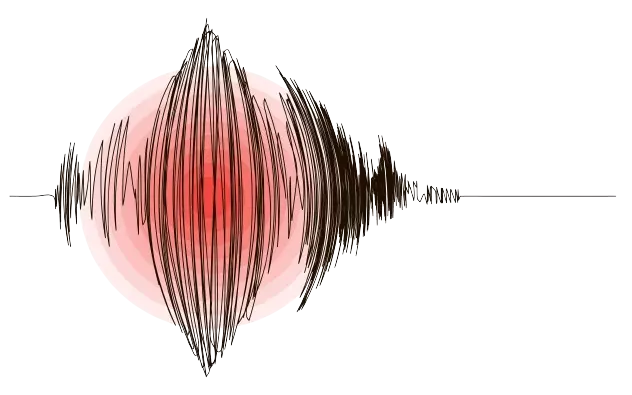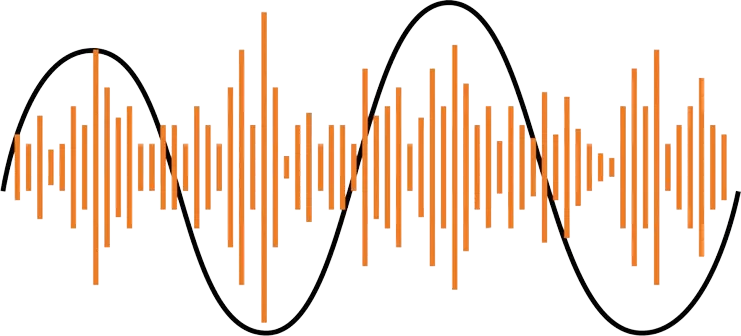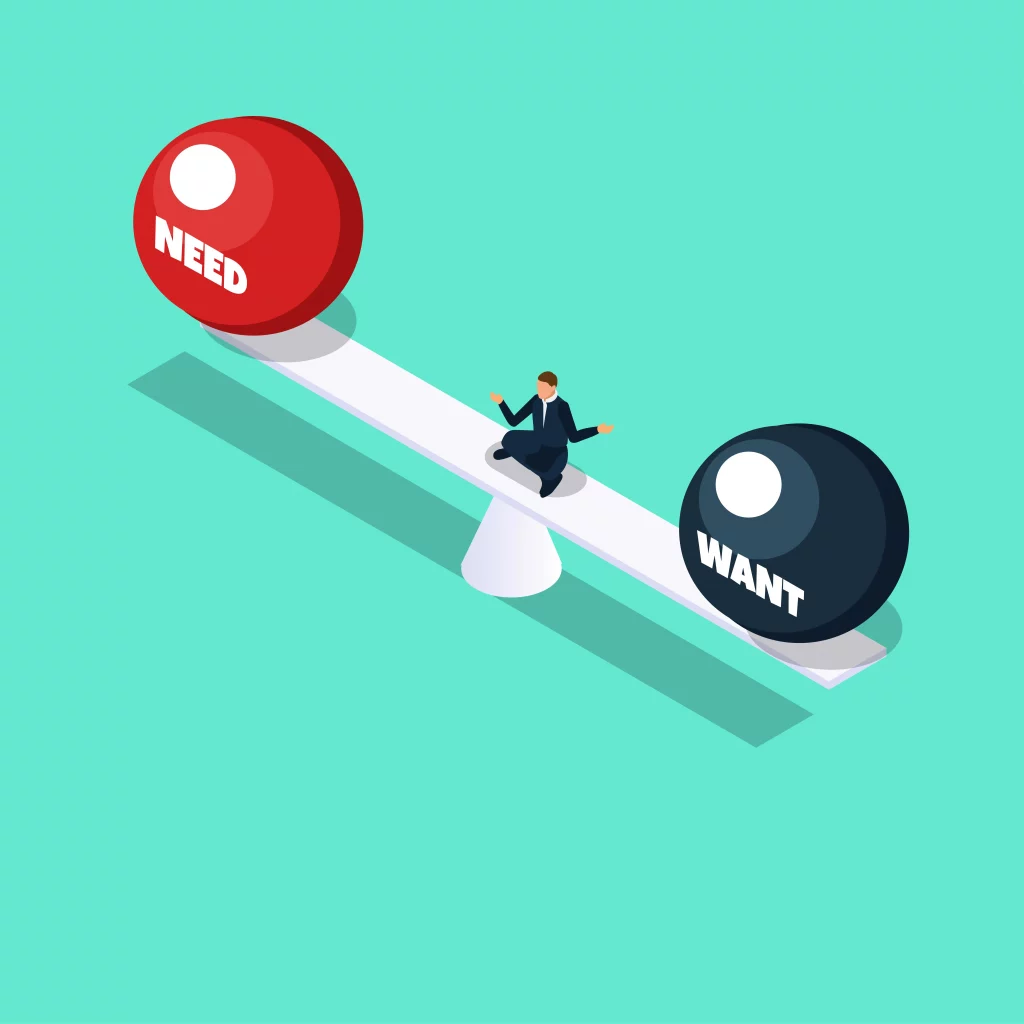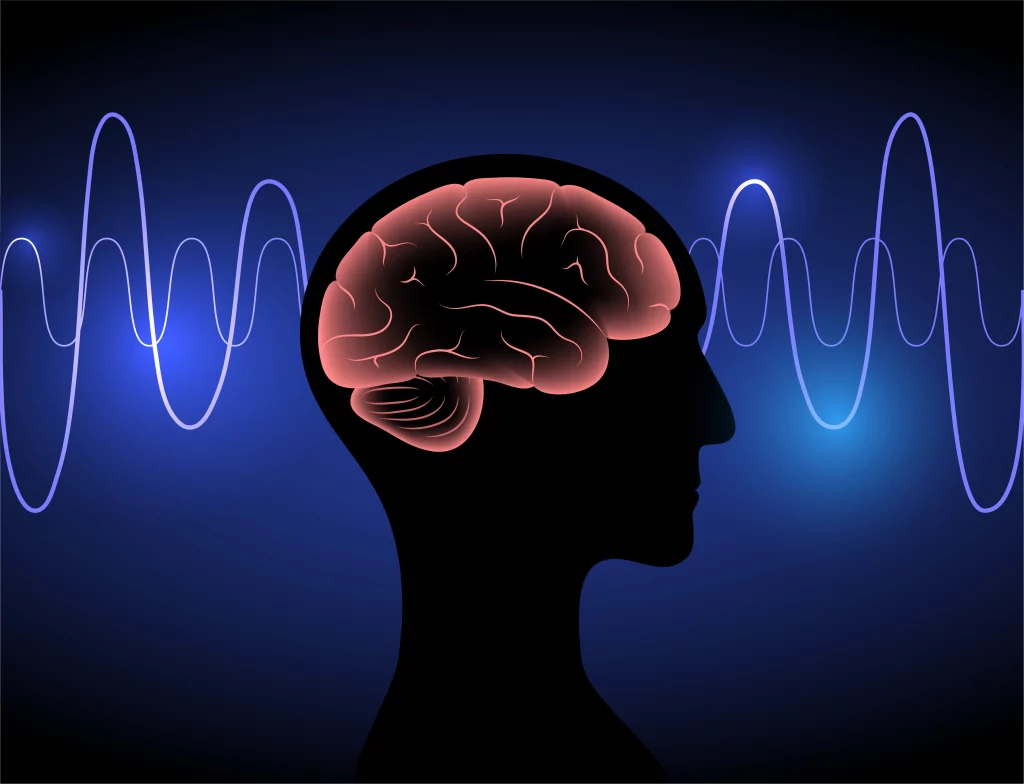Ai Noise Remover Vs. Traditional Methods
In the digital era, two types of content reign supreme: audio and video. However, both often face a common adversary – noise. Noise in audio and video is like an uninvited guest introducing unwanted sounds or visual artifacts that degrade quality. Traditionally, tackling this issue has involved various methods, each like a fine-tuned tool aimed at minimizing these disturbances without losing the essence of the content. But now, a new player in town: AI Noise Remover.
AI is revolutionizing the way we reduce noise in audio and video. Unlike traditional methods, which follow a set pattern, AI-based tools learn and adapt. They’re not just following rules; they’re analyzing and understanding the content to distinguish between noise and the actual audio or video signal. This makes AI incredibly efficient and effective at cleaning up content.
In this article, we compare these two approaches – the time-tested traditional methods and the cutting-edge AI techniques. We aim to break down how each method works, highlighting its strengths and limitations in the context of audio and video noise reduction. Whether you’re a professional in the field, a content creator, or simply someone intrigued by how technology enhances media quality, this exploration is tailored to be accessible and engaging. So, let’s embark on this journey to understand the evolving battle against noise in audio and video.
Understanding Noise in Digital Media
Audio workers and fans need to know how to deal with the different kinds of noise in digital media. Different types of noise can change the sound of records and playback differently.
White noise is a sound that doesn’t change and has all frequencies at the same volume level. A common example of white noise is the sound of a radio or TV that is out of tune. Like a steady hiss or shush that covers the whole range of sounds that can be heard. Not only is white noise annoying, but it can also be useful in some situations, like when you need to block out noise, help you sleep, or test and adjust your audio equipment.
Pink noise is a lot like white noise, but there is one big difference: as the frequency increases, the strength decreases. When this happens, the sound is more balanced and less sharp, and people often compare it to the sound of steady rain or wind. Pink noise is often used in audio engineering, especially when places need to be tuned for better sound because it is a more accurate picture of how sound behaves across the human hearing range.

Digital noise is mainly caused by mistakes in handling data or bad digital conversion. It’s not just one sound like white or pink noise; it’s a bunch of sounds that you don’t want to hear. Some examples are quantization noise, which happens when you change analog audio to digital, and jitter, which occurs when digital audio data is at the wrong time. Digital noise often sounds like fuzz or a bunch of clicks and pops. It can be very annoying and detract from the hearing experience.
Environmental noise includes all the sounds that you don’t want to hear in your environment. This includes sounds from nature, like wind or rain, as well as the hum of traffic and the sound of people. This kind of noise is often unintentional and unwanted in recording settings because it can cover up or change the sound that is supposed to be recorded. Environmental noise is a regular problem when recording in the field or boosting live sound.
Electrical noise, like the hum or buzz you hear in recording systems, is caused by electrical interference. It usually comes from electronics, power sources, or problems with wiring and grounds that are close by. In studios, where keeping the purity of the audio stream is very important, electrical noise is a big problem.
Where does the noise come from
There may be noise in the recording tools, especially if it could be better. Self-noise is the noise that the microphone’s electronics make. For example, microphones may have it. Recorders and mixing machines can also make noise, usually caused by how their electrical circuits are made and how well they work.
Noise that gets in the way of the passage of audio information is called transmission interference. In both analog and digital devices, this can happen. In analog systems, it could be because the wires are being affected by electromagnetic radiation. Transmission interference can happen in digital systems when there are problems like lost packets or noise in digital audio streams.
Data compression, especially lossy compression like in MP3 or AAC, makes it possible to make music less clear and noisy. Some data is lost when audio is compressed. This can cause a sound that swirls or sounds like water or cause other distortions that weren’t there in the original recording. This is especially clear when the frequency is low.
Other electronics, power sources, or bad wiring can cause electronic interference. This is like electricity noise but can include more problems, such as interference from cell phones, Wi-Fi signals, or even fluorescent lights. This kind of noise can happen randomly or all the time and can hurt the sound of both recording and playing back.
Anyone who works in audio production needs to know about these different kinds of noise and where they come from in order to find problems and fix them so that the sound quality is as good as it can be.
Traditional Noise Reduction Techniques

Filtering and thresholding are two well-known methods for reducing noise that are very important for improving the quality of signals in many areas, such as audio and picture processing. One common way to do this is to filter the signal so that only specific frequencies get through while others weaken. Either low-pass filters (which let frequencies below a certain level through but block higher frequencies) or high-pass filters (which do the opposite) are used to do this. Low-pass filters are often used in real life to eliminate high-frequency noise in audio files. On the other hand, thresholding works differently. A specific threshold value is set, and only signal components higher than this threshold are kept. By setting a brightness or color cutoff, this method works exceptionally well for image processing to tell the difference between things and noisy backgrounds.
However, these old methods have many problems when a lot of noise or noise changes. Filtering might not work well with non-linear or non-stationary noise, where the noise’s properties change or depend on different signal properties. In some cases, this can cause the filter to lose essential parts of the signal or not block out enough noise. In the same way, thresholding may only work well when noise levels are very close to those of the signal, making it hard to set the correct threshold that correctly separates the signal from the noise. Because of these problems, we must create better ways to reduce noise, especially when noise traits are complex to predict and complicated.
AI Noise Remover

AI noise remover is an entirely new and exciting area of audio technology. By getting rid of annoying sounds, or “noise,” from recordings and live audio streams, this new method relies on artificial intelligence to greatly improve sound quality. Using AI to reduce noise has completely changed how we process and understand sound, making it easier to hear in various situations, from making music professionally to talking to friends and family daily.
It’s interesting how AI systems work to cut down on noise. These programs aim to tell the difference between “noise” and “desired sound” in an audio stream. AI uses complex patterns and learning methods from machine learning and deep learning to do this. Access to a lot of audio helps the AI system distinguish background chatter, traffic noises, and electrical hums. After training, the AI can eliminate unwanted noises, resulting in a more concentrated and precise sound.
How Does an AI Noise Remover Work?
AI noise remover technology has come a long way thanks to machine learning and deep learning progress. Machine learning algorithms get better over time. As they see more data, they get better at finding and eliminating different kinds of noise. Deep learning is a type of machine learning that uses neural networks with many layers that work like the brain.
This structure lets the AI understand and process sound in even more complex ways so it can tell the difference between noise and wanted music very smartly. Because of this, AI-driven noise reduction tools are now very good at turning noisy, confusing sounds into clear, crisp sounds.
This huge step forward in AI noise reduction is a technical triumph and a creative boon. It simplifies teleconferencing, improves entertainment sound, and aids scientific and industrial operations that require accurate sound analysis. As AI keeps improving, it becomes easier to reduce noise, opening the door to even more creative sound solutions.
Traditional vs AI Noise Remover: Comparison

You will learn which one is your want and which is your need in this section. Keep reading!
Processing speed and efficiency
Compared to traditional methods in processing speed and efficiency, AI noise remover solutions are impressive. Most of the time, AI-driven techniques work better than traditional ones because they can quickly handle big datasets. This greatly helps in real-time situations like live streaming, where speed is vital. AI programs are great for fast processing due to their enhanced computing power.
Correctness and Quality of Work
Again, AI methods are better regarding the accuracy and quality of the result. These algorithms can identify noise from audio using large data sets under their training. This accuracy level reduces noise without affecting recording quality. Some traditional noise reduction methods work, but they use cheaper tactics that might not be able to discern noises well, lowering sound quality.
Ability to Change Based on Situations
AI noise remover systems are awe-inspiring when it comes to agility. They adapt to different acoustic surroundings and noise kinds by learning new patterns and changing their approach. This flexibility makes them very useful in many situations, from quiet indoor to loud outdoor areas. In contrast, traditional methods target specific noises or locations. It can be challenging for them to work in places that change or are unpredictable because they are not adaptable.
Future of AI Noise Remover

As AI improves noise reduction, audio, and visual capabilities will expand beyond our imagination. AI’s capacity to improve and understand sub-vocalized speech, the human voice’s quiet internal clues, might be transformative. This device may translate minor voice clues into words with its excellent noise reduction and signal processing. Imagine joining a virtual meeting where people who couldn’t speak could join because their ideas were read and exchanged constantly. This would make technology easier to use and more natural for persons with speech issues. Future AI noise reduction might blur the barriers between audio and video interaction, blurring thought and speech.
Some Real Stories Who Used AI Noise Remover

Join us as we explore the amazing stories of AI noise remover tool users. This unique technology transforms lives, as seen by these user tales. Learn how AI noise reduction fixed their audio issues and pushed them to new heights. Their stories can give you ideas and help you in real life.
Synthia, Social Media Creator
Synthia adored producing social media lifestyle postings, but her home studio’s cacophony made voiceovers difficult. When disturbed, she found the AI noise reduction tool. She stated something different since the gadget separated her sound and eliminated background noise. As her videos gained popularity due to their excellent sound quality, her fan base rose rapidly. The technology improved her material and helped her feel better about herself, making her films more engaging.
Julian is an independent filmmaker.
Julian, who wants to be a director, had trouble with the sound quality of his outdoor shoots. Often, wind and road noise ruined his great shots. The change was huge when he started using AI software to reduce noise. His movie’s sound quality improved, which helped him get his artistic message across better. He was lauded in a local film festival for this quality enhancement, which led to further opportunities.
Ava, the host of the podcast
Ava’s show about health had a loyal following, but she often got complaints about the sound quality, especially when she recorded interviews in public places. Her episodes’ readability improved after she added AI noise remover to the editing process. People who listened liked the better experience, which led to more people reviewing and sponsoring her show.
Ethan, who makes music
When Ethan worked in his homemade home studio, the background noise in his tracks was always a problem. Everything changed when I found an AI tool great at making music. It made it easy for him to clean up tracks while keeping the original records’ quality. He got a record contract because independent music fans liked his cleaned-up tunes.
Mia, the teacher on YouTube
Mia’s educational YouTube page had a lot of followers, but the neighborhood sounds often got in the way of her home records. The sound in her teaching videos became much more apparent after she used AI noise reduction. This made her material easier for her audience to understand and more fun for them to watch. This progress made many people subscribe to her channel and helped her get a relationship with an educational group.
Ai Noise Remover Vs. Traditional Methods: Conclusion
AI noise reduction and traditional ways are the top at what they do. Before AI, traditional noise reduction was the best way to eliminate background noise. It provided simple but necessary solutions. But since AI came along, the crown has changed hands. AI noise remover is the best since it’s simple, fast, and effective. “Upload and Denoise” is all you have to do. Due to its ease of use and effectiveness, AI noise reduction is gaining popularity. This is a big change in how we think about and value noise reduction technology today.


